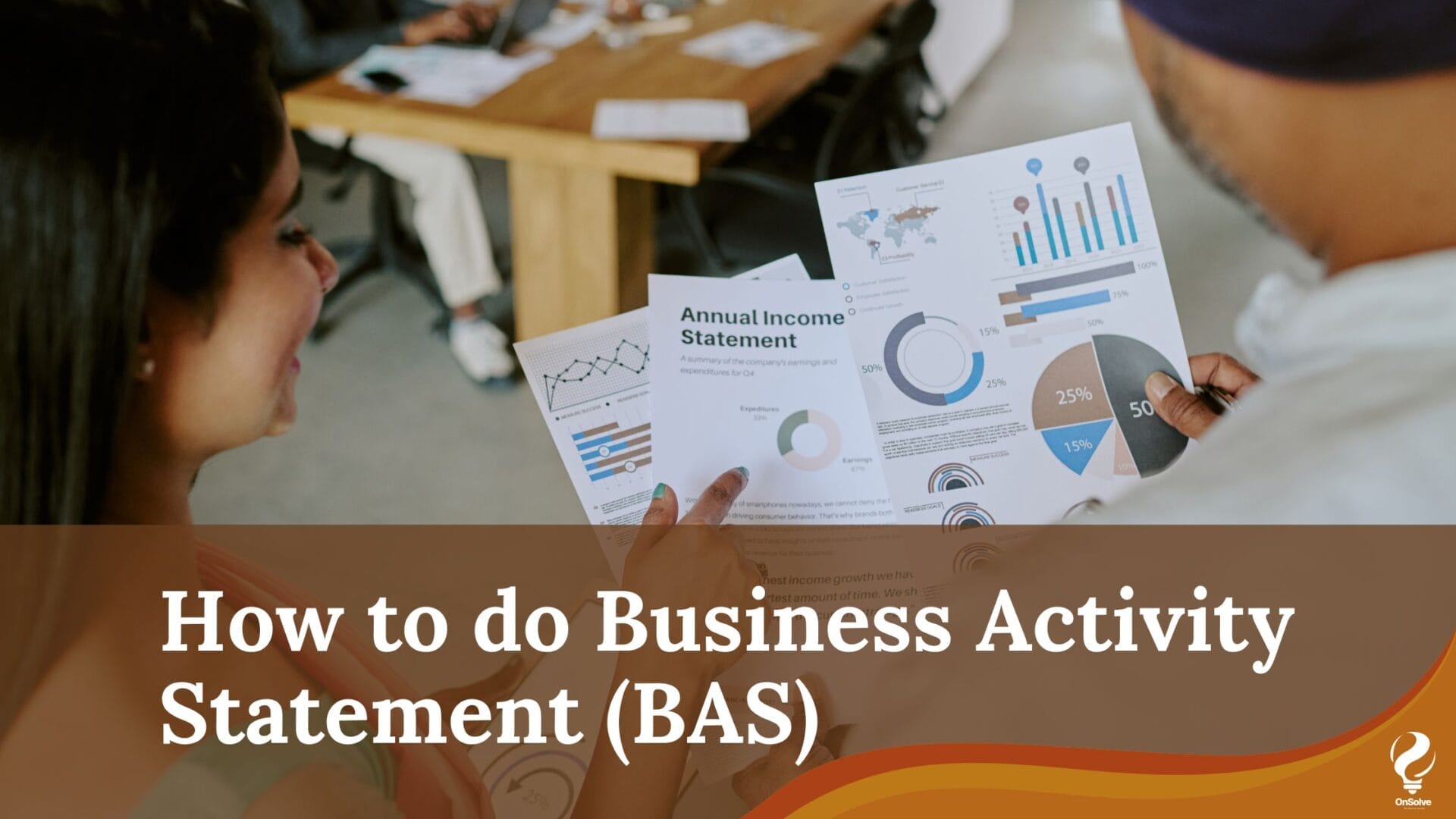As financial uncertainties are common in today’s fast-paced world, budget optimization is more important than ever. Whether your goal is to pay off debt, save for a dream vacation, or just create a safety net for the future, defining your financial objectives and putting good tactics in place may help.
1. Setting Clear Financial Goals
Setting attainable financial goals is a must before starting any budget optimisation process. You’ll be in a better position to prioritize your spending and make wise selections if you know what you want to accomplish and set a goal for yourself. You can set specific financial goals by following these steps:
2. Creating a Comprehensive Budget
Once you have a clear understanding of your financial goals, the next step is to create a comprehensive budget. A budget serves as a roadmap for your financial journey, allowing you to allocate your income effectively and track your expenses
3. Tracking Expenses and Identifying Areas for Improvement
Tracking your expenses is an essential aspect of budget optimization. By monitoring your spending habits and identifying areas for improvement, you’ll be able to plug leaks and make adjustments where necessary.
4. Setting needs above wants
Making the distinction between needs and wants is one of the best methods to maximize your money. Knowing the difference and setting your needs in order of importance will help you allocate your resources more effectively and cut down on wasteful spending.
5. Diminishing and Get Rid of Debt
Budget optimization may be seriously impeded by the reduction or elimination of debt. Your income may be reduced by high-interest rates and monthly repayments, which might make it challenging to reach your financial objectives. Nevertheless, you can free up resources and quicken your success by putting tactics to minimize and eliminate debt into practice.
6. Examining Monthly Bills for Cost-Saving Opportunities
Sometimes it seems like your money is being drained by your monthly bills. However, you may cut costs and maximize your budget by looking into cost-saving options and making wise decisions.
7. Making the Most of Coupons and Discount Codes to Save Big
Discount codes and coupons are effective resources for maximizing savings and budget optimization. You can drastically lower your costs on regular purchases by making a few planned and effort-filled purchases.
8. Organising and Setting Up Meals to Cut Expenses on Food
Planning and Preparation: The price of food can quickly mount up and take up a sizable amount of your money. However, you may save costs and maximize your budget without sacrificing flavor or nutrition by carefully organizing and preparing your meals.
9. Examining Low-Cost or Free Entertainment Options
If you don’t exercise caution when choosing entertainment costs, they might soon consume your entire budget. But there are lots of inexpensive or free entertainment options out there that can help you make the most of your money without compromising enjoyment.
10. Calculating Membership and Subscription Fees for the Best Savings
Membership dues and subscription fees can mount up rapidly, adding unnecessary costs to your spending plan. Regularly assessing your memberships and subscriptions will help you find areas where you can save costs and maximize your budget. Budget optimization is an ongoing process that calls for diligence, dedication, and the readiness to make wise decisions. You may take charge of your finances and work towards reaching your goals by establishing specific financial goals, making a thorough budget, keeping track of your spending, and giving needs a higher priority than wants.
Read more : Strategies for Optimizing Your Marketing Budget






